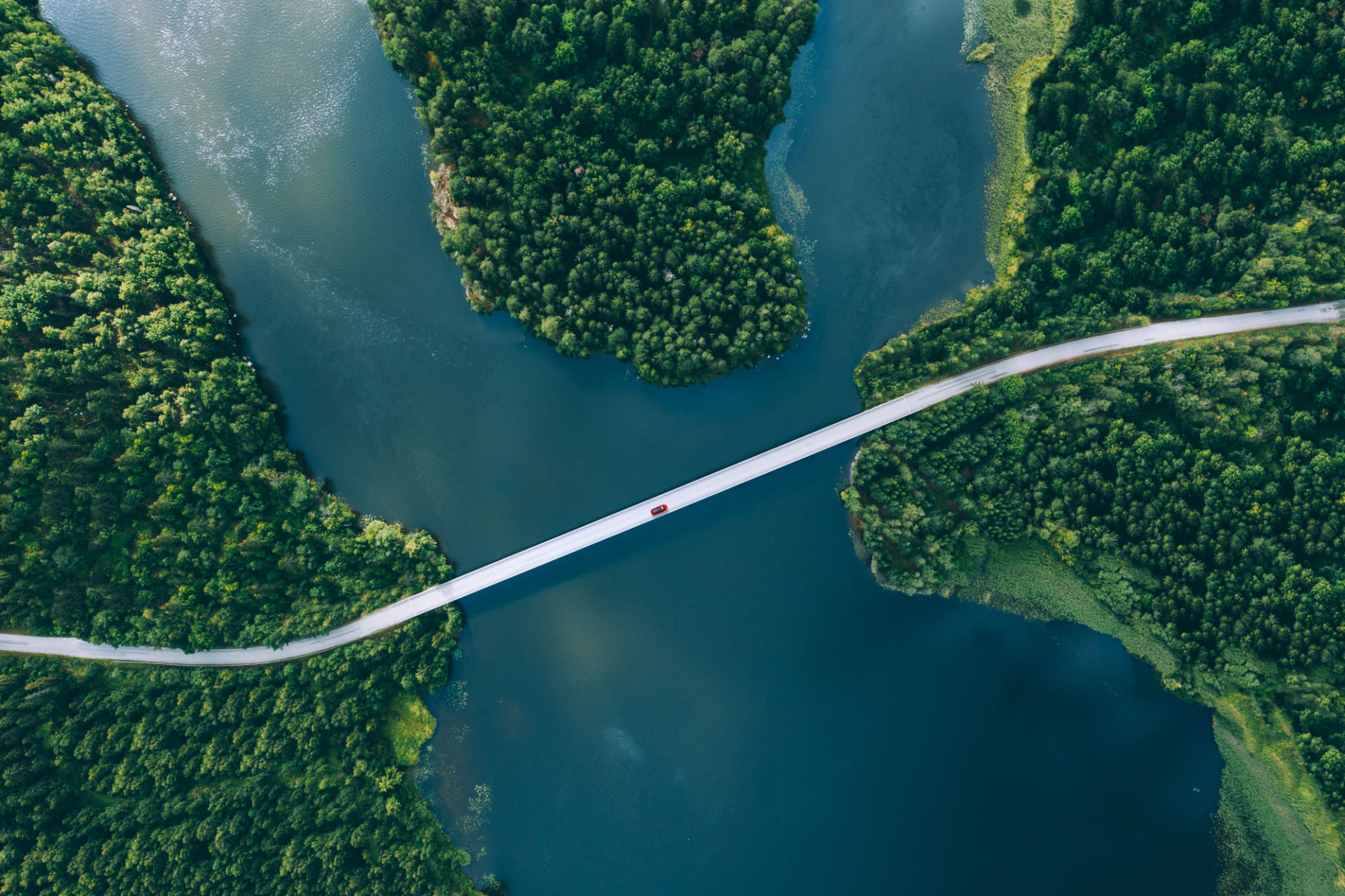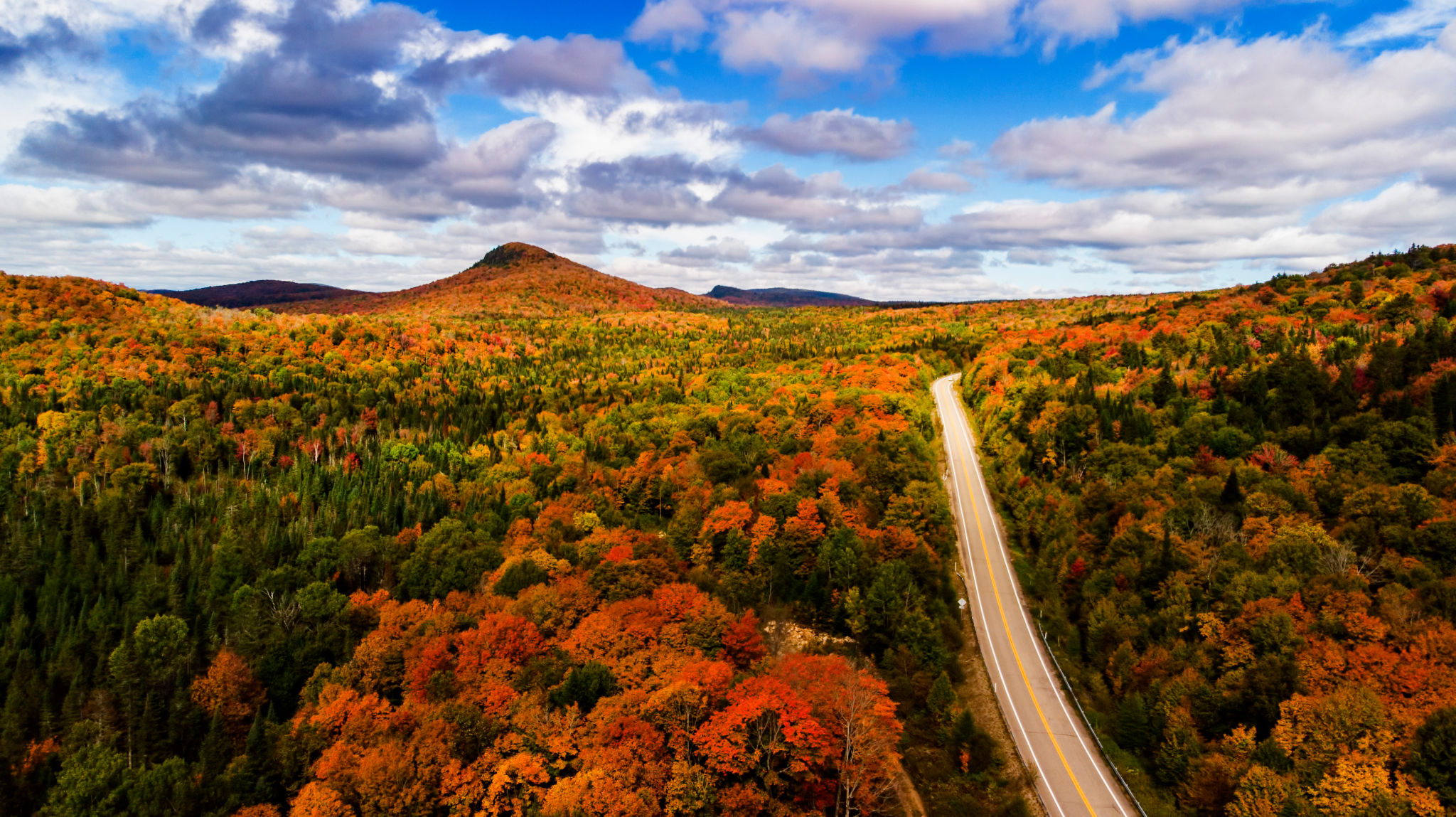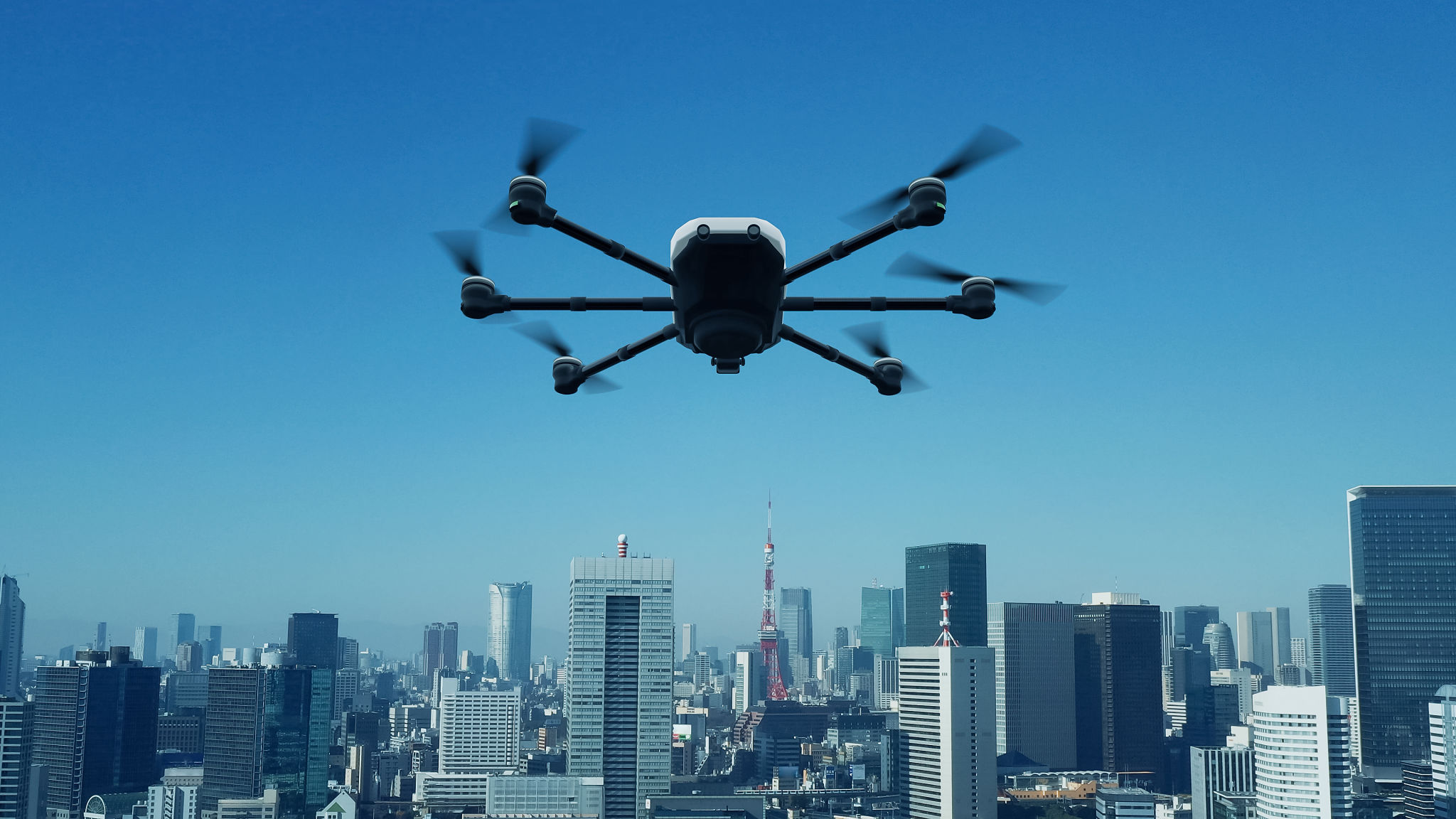How to Prepare Your Drone for Seasonal Changes in Victoria
Understanding Seasonal Challenges
Flying a drone in Victoria offers breathtaking views and unique opportunities. However, as the seasons change, so do the challenges that drone enthusiasts face. From fluctuating temperatures to varying precipitation levels, each season requires specific preparations to ensure your drone's optimal performance. Understanding these seasonal challenges is the first step in maintaining your drone's longevity and functionality.

Spring Preparations
As the chill of winter gives way to the warmth of spring, it’s time to prepare your drone for more frequent flights. Spring in Victoria is known for its unpredictable weather patterns, including sudden rain showers and increasing winds. Before your first flight of the season, make sure to conduct a thorough inspection of your drone. Check for any signs of damage or wear that may have occurred during winter storage.
Moreover, spring is an excellent time to update your drone's firmware. Manufacturers often release updates to improve functionality and address any bugs. Keeping your software up to date ensures you are taking advantage of the latest features and enhancements.
Summer Considerations
Summer in Victoria can bring intense sunlight and high temperatures, which can impact your drone’s performance. To prepare for summer flights, ensure that your drone’s battery is in top condition. High temperatures can cause batteries to overheat quickly, leading to reduced flight times or even damage. Consider investing in a sunshade or using a landing pad to protect the drone from direct sunlight when not in flight.

Additionally, monitor your drone’s exposure to dust and sand during summer outings, especially if you plan to fly near beaches or sandy areas. These particles can infiltrate the motor and other sensitive areas, requiring more frequent cleaning and maintenance.
Autumn Adjustments
Autumn is a picturesque time to fly in Victoria, with its vibrant foliage providing a stunning backdrop. However, cooler temperatures and increased wind can pose challenges. Ensure that you perform regular maintenance checks on the propellers and motors, as leaves and debris can easily get caught during takeoff or landing.
It's also wise to recalibrate your drone's compass and GPS settings as electromagnetic interference can increase with the changing weather conditions. Staying vigilant about these adjustments will help maintain stability and accuracy during flights.

Winter Precautions
Winter flying demands particular attention due to cold temperatures and potential snow. It's essential to keep your batteries warm before flying, as cold weather can significantly reduce their efficiency. Use insulated cases or keep them close to a heat source until you're ready to fly.
Avoid flying during heavy snowfall or icy conditions, as these can impair visibility and control. After each flight, carefully dry off any moisture on the drone to prevent corrosion or damage to electronic components.
General Maintenance Tips
Regardless of the season, maintaining a regular upkeep routine is crucial for your drone’s health. This includes:
- Regularly cleaning the camera lens and sensors.
- Checking propeller balance and replacing any worn-out parts.
- Storing the drone in a protective case when not in use.

By following these tips and adapting to seasonal changes, you'll ensure that your drone remains ready for adventure no matter the weather in Victoria.